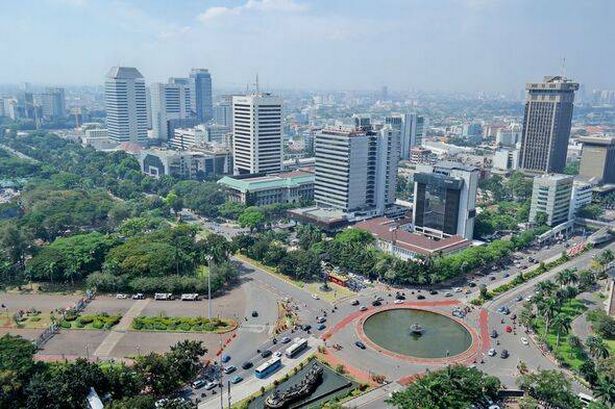A Southeast Asian nation has leapt from 33rd place in 2018 to become the world’s most populous city, surpassing Tokyo and Dhaka with a staggering population of almost 42 million in 2025
Jakarta, the capital of Indonesia, has soared 32 places to become the world’s most populous city, with more than 40 million residents. The Southeast Asian metropolis has jumped from 33rd place in 2018 to the top spot in a new United Nations report ranking the world’s most populous cities.
Overtaking Dhaka, the capital of Bangladesh (in second place with nearly 37 million people) and Tokyo, Japan (third with 33 million), Jakarta boasts an impressive population of almost 42 million in 2025. Intriguingly, all but one of the top ten cities are in Asia, with Cairo, the capital of Egypt, being the exception at seventh place.
The report also emphasises that more than half of the world’s 33 megacities (defined as having 10 million or more inhabitants) are located in Asia. The other cities making up the top ten include New Delhi, the capital of India (with 30.2 million), Shanghai, China (29.6m), Guangzhou, China (27.6m), Manila, Philippines (24.7m), Kolkata, India (22.5m), and Seoul, South Korea (22.5m), according to NBC News.
So where exactly is Jakarta?
Jakarta is the capital of Indonesia, a sprawling Southeast Asian nation nestled between the Indian and Pacific Oceans, made up of thousands of unique islands – reportedly more than 17,000 in total.
Indeed, Indonesia boasts so many islands that authorities have never managed to count them all or assign names to each one, according to the BBC. The capital, Jakarta, sits on Java, the world’s most populous island with an extraordinary 150 million inhabitants.
The Ring of Fire
Located between Sumatra to the east and the tourist hotspot of Bali to the west, Java is dotted with 129 active volcanoes across the Indonesian archipelago, according to Sky News.
Indonesia sits within the Pacific Ring of Fire, a series of volcanoes and areas of seismic activity that line the Pacific Ocean. Java’s Mount Semeru actually erupted just this month.
Life in the capital
A bustling metropolis in Java’s west, Jakarta is “sometimes overlooked” by visitors exploring the island’s stunning historical sites, according to Lonely Planet, but they’re “missing out”.
The travel guide praised the capital’s food scene and coffee, its museums, art galleries and historic quarter, describing it as offering “exciting” nightlife and some of the “best shopping” across Southeast Asia.
Highlights include Old Jakarta, featuring the cobblestone square of Taman Fatahillah, Merdeka Square, the Museum Nasional, Glodok (the city’s Chinatown), and more than 150 shopping malls.
What’s the weather like?
It also noted that the city suffers from congested roads and smog and is both hot and humid throughout the year. Average temperatures reportedly range from 23°C to 33°C.
What type of food can I expect?
The menu boasts traditional Indonesian dishes, such as the fried rice dish nasi goreng, alongside more localised meals — perhaps babi guling (a roast pig dish from Bali) or seafood inspired by the island of Sulawesi.
Migrationology notes two common types of street food: Warung (small restaurants) and Pedagang kaki lima (street vendors).
Other culinary delights spotlighted by the website include Nasi uduk (rice cooked in coconut milk), a soup called Soto Betawi, Woku, Sop kaki kambing (a soup made with goat), and the grilled fish dish Ikan bakar.

